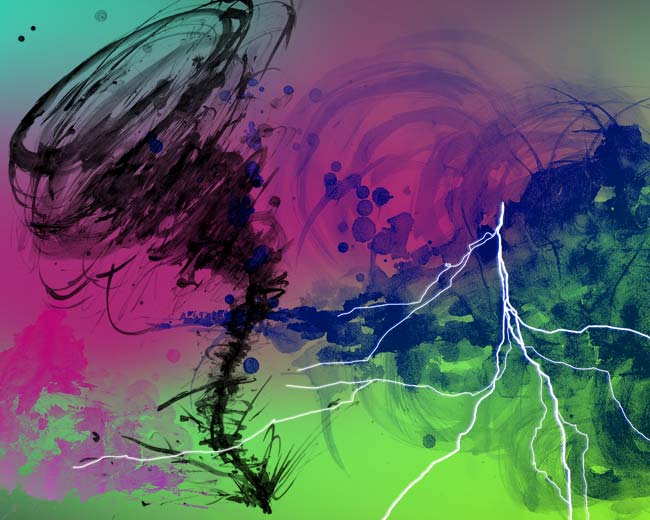Tornadoes
Tornadoes have occurred in all 50 states and throughout much of the world, from Europe and Africa to Asia and Australia. Approximately 1,200 tornadoes strike the U.S. each year, accounting for numerous deaths and billions of dollars of damage. The current costliest tornado on record is the EF5 tornado that struck Joplin, Missouri, on May 22, 2011, causing 161 deaths and nearly $3 billion in damage.
Formation
Rotating supercell thunderstorms, or mesocyclones, frequently spawn deadly tornadoes. The rotation of the thunderstorm causes an updraft of warm air (Step 1) that creates a horizontal vortex in the thunderstorm. A cool air downdraft (Step 2) pushes against the warm updraft creating a vertical spin. As more air and moisture get sucked into the vortices, the funnel gains definition and strength (Step 3).
Tornado Alley
Tornado Alley is a media term for the central plains that is known for a high frequency of tornadoes. The collision of cold, dry air from Canada with warm, moist air from the Gulf of Mexico creates perfect ingredients for supercell thunderstorms.

